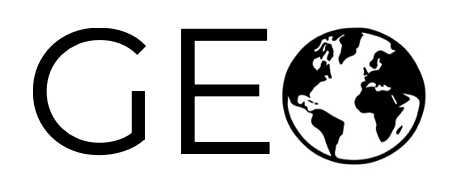Founded in 2018 at the William & Mary geoLab, the Global Education Observatory's (GEO) mission
is to consolidate and enrich global educational data,
transforming it into actionable insights and tools for educators, policymakers, and researchers worldwide.
A Singular Repository of Diverse Educational Data
At GEO, we recognize the power of information in shaping the future of education. Our primary endeavor is to
amalgamate data from open government databases and other authoritative sources into a single, comprehensive
repository. This unique collection not only offers a panoramic view of global education but also serves as
a valuable resource for comparative analysis and trend identification.
Student-Led
Our team comprises dedicated graduate and undergraduate students from the geoLab, bringing together diverse skills
and perspectives. This vibrant academic environment fosters innovation and creativity, allowing us to approach
challenges with fresh ideas.
Innovating with Machine Learning
We employ advanced machine learning techniques to unearth patterns and fill gaps in educational data. Our most recent work
demonstrates our capability to estimate school test scores using publicly available imagery. By employing convolutional
neural networks (CNN) and multi-source ensembles, we have achieved predictive accuracies of 76% to 80% for individual
schools in countries like the Philippines and Brazil.
This approach underscores our commitment to leveraging technology for educational insights. Our research not only adds to the
academic discourse but also paves the way for operational applications of CNN-based methodologies in educational assessment.

